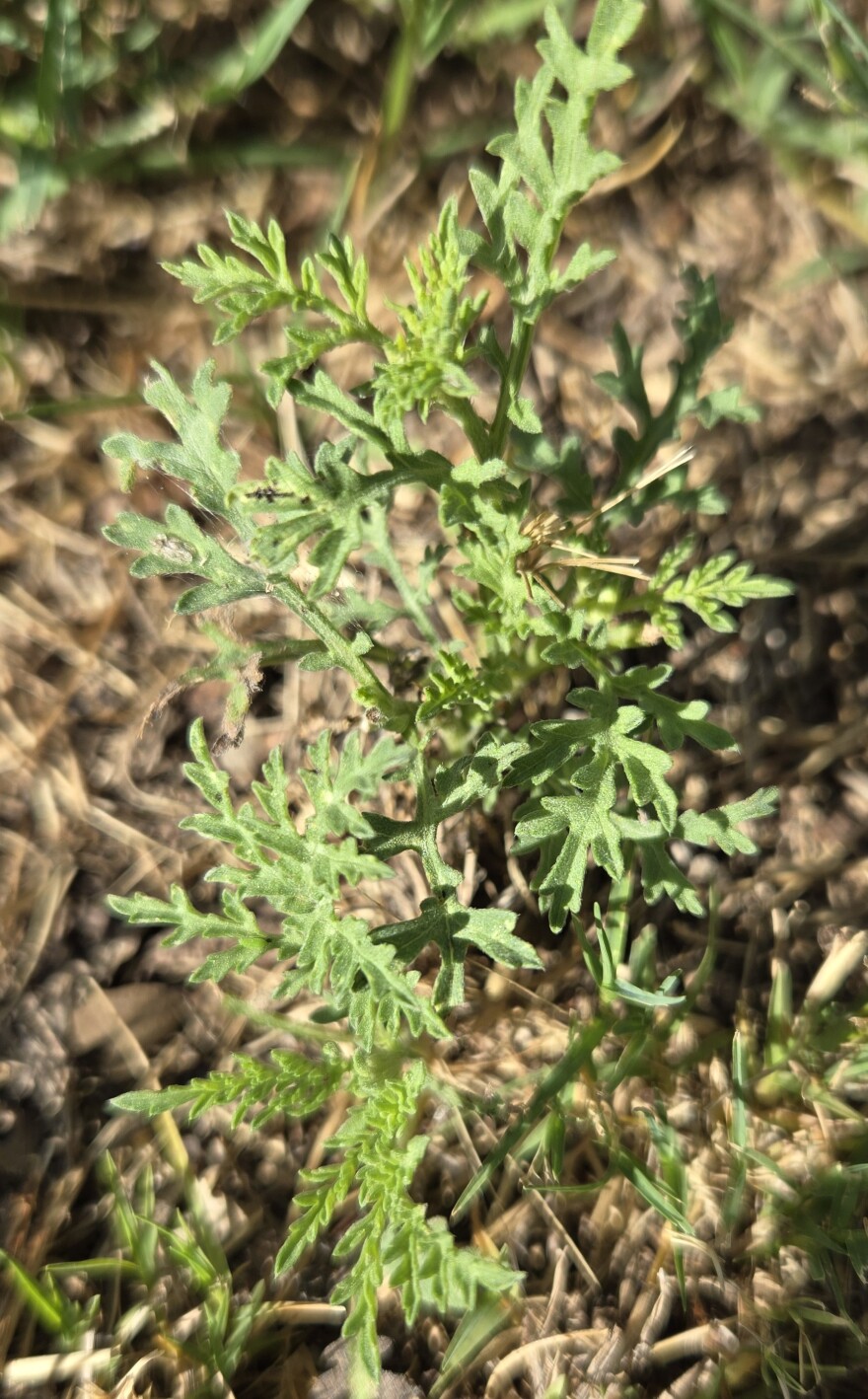Sign up for TPR Today, Texas Public Radio's newsletter that brings our top stories to your inbox each morning.
Ragweed season is just around the corner for San Antonio, one of the allergy capitals of the United States.
One expert believes ragweed pollen counts will be high this year. Only cedar pollen allergies may cause locals to sneeze, hack, and wheeze more.
The summer was first wet and then sunny, which makes for ideal conditions for the ragweed crop to grow three to 10 feet tall. It prospers in wide open fields surrounding some of San Antonio's fastest growing subdivisions. It is also seen across the state and the nation.
Dr. John Freiler at Premier Allergy of Texas at Alamo Ranch said ragweed season hangs around for a while.
"It is everywhere. Now typically, ragweed pollen will begin to emerge in mid-August and then kind of peaks. Mid-September through October is the peak and then it lasts through November."
Freiler said ragweed sufferers can fight back with over-the-counter antihistamines or nasal corticoid steroids. Immunotherapy can provide long-term relief.
The simplest remedy, while not very pragmatic, could be staying indoors when pollen counts are high, especially during clear, windy mornings.
Only "cedar fever" season brings more people to local allergists than ragweed.
"You know ... the Latin name is 'Juniper ashei,' so as allergists in San Antonio or the Hill Country, we belovingly call it 'Juniper Cashei' [as in cash], because it does drive a little bit of business our way," Freiler said.
Cedar fever season usually arrives in the San Antonio area in December and continues through mid-February, as cold front after cold front blows rusty brown clouds of pollen out of the Hill Country cedar thickets and into the Alamo City.



